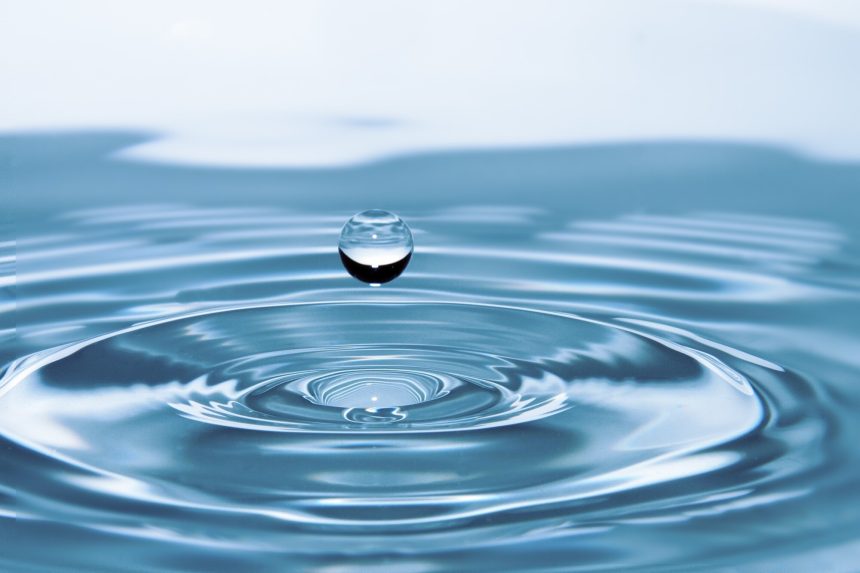With Americans being pickier about the kind of water they drink, it’s no surprise that the bottled water industry sells over 14 billion gallons of water a year. However, many people don’t realize that the water used in the medical industry is different from the water you find in the grocery store.
With a growing ability to have medical care in the home, many patients find themselves needing to give injections to relatives or for self-care, which may include mixing the drug with water. Knowing whether it is better to use bacteriostatic water vs. sterile water is crucial to maintaining health and staving off infections that introducing bacteria to the body could cause.
If you are unsure which you should be using for your medical routine, continue reading for a guide on these two water types.
What Is Sterile Water?
Sterile water has been purified and distilled for use in the medical industry as water for injection. It has no bacteria, viruses, or other microbes that could get into the body during these procedures.
Intended for single-use, the bottle, pouch, or vial will contain enough for one dose. Once opened, it will need using immediately as the contamination process begins when exposed to the air.
Sterile water used for injection has approval for the following applications:
- Intravenous- administered directly into a vein
- Intramuscular- administered into a muscle
- Subcutaneous- administered under the skin
There is a different formula of sterile water for use in diluting, rinsing, or washing, such as an emergency shower or eyewash station. These two types of sterile water, injection and washing, are not substitutable.
What Is Bacteriostatic Water?
Bacteriostatic water is sterile water that contains a bacteriostatic agent, such as benzyl alcohol. This agent keeps microbes from taking root and growing in the liquid.
Bottled for multi-use, the agent helps to stave off things that cause infection. You will need a sterile needle each time you open the bottle.
Bacteriostatic water is approved for use intravenous, intramuscular, and subcutaneously, just like sterile water. It is not approved for washing or rinsing, due to the alcohol or other agent added to the water.
There are very few known side effects of water used for injections, as long as you take the proper steps for sterilization. Usually, the side effects are connected to the drug itself or a sign of contamination.
Bacteriostatic Water vs. Sterile Water: Does It Matter?
The main difference between the two types of water is whether you intend to use them one dose at a time, or if you need multiple doses. You also will want to consider whether the patient has a higher risk of infection where the bacteriostatic water might offer more protection.
The cost is about the same, depending on how high a dose you need. You can see here that they are easy to find and purchase, as no prescription is needed for the water.
Consult Before Use
While the differences between bacteriostatic water vs. sterile water are small, choosing between the two is still important. If you are unsure, addressing any concerns with a medical professional should always happen.
For more informative articles like this, be sure to keep reading from our Health section.














